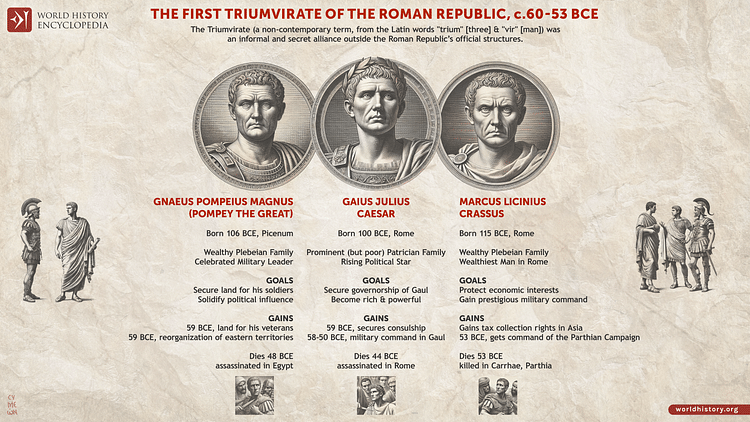Throughout history, societies and traditions have used numbered lists to categorize and structure key concepts, figures, and beliefs. These lists often serve as mnemonic devices, aiding in the transmission of cultural, religious, and political knowledge across generations.
From the Seven Wonders of the Ancient World, which celebrated human architectural achievements, to the Five Pillars of Islam, which define core religious practices, such lists provide insight into the values and priorities of different civilizations. They can represent divine principles, as seen in the Eightfold Path of Buddhism and the Nine Muses, or political structures, such as the First Triumvirate of Rome and the Three Estates of pre-revolutionary France. Whether symbolic, philosophical, or historical, these enumerations continue to shape our understanding of the past.


